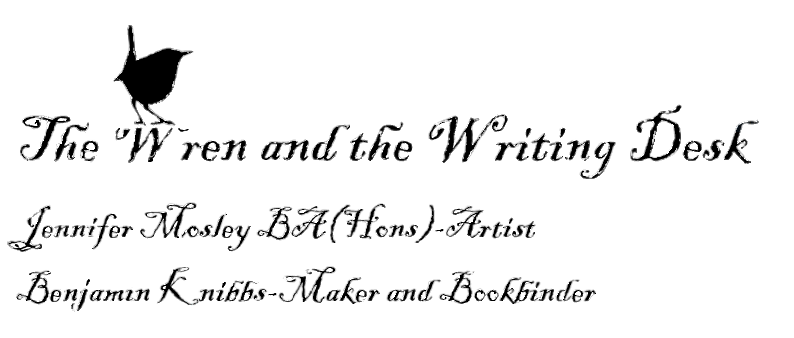Fairy tales have been in existence as oral folk tales for thousands of years and first became what we call literary fairy tales towards the end of the seventeenth century. They offered themselves as one more pastoral entertainment for courtiers, pretending to be the work not of respected academics who sponsored them, but of the child and/or the nurse of the child. Very little has been written about the transition of the folk tale to the fairy tale, why this occurred and how. Historical and sociological studies have show that the fold tale originated as far back as the ‘Megalithic period, and that ‘common people’ have been the story tellers. Until the seventeenth and eighteenth centuries fairy tales were and still are in third world countries, told to adults as well as to children. During the late nineteenth century the public could find stability in the ordered formula and structure of fairy tales. They could be taken from the corruptions of adulthood back to the innocence of childhood: from complex morality to the simple issue of good versus evil. This comparable to the place where Annette Messager wishes to take us, which I will discuss later.
After the Grimm Brothers made their first collection in 1812, folk tales were gathered, transcribed and printed for the purpose of ‘establishing authentic versions’. The tales were often stylized or changed. A typical view of the emergence of Grimm’s fairy tales became a story as ‘charming and as loved’ as any of the actual tales; and just as permanent, and as immune to subversion by any consciousness of the facts of the real world. A common and fairly recent statement of that tale is that the Grimm’s, we are told, ‘spent most of their time wondering about the country, leaning from peasants and the simpler townspeople a rich harvest of legends, which they wrote down as nearly as possible in the words in which they were told.’
Is this just a fairy tale itself, appealing but untrue? According to John M. Ellis this is disappointingly so, it can be proven to be false, and a large part of published evidence has been attainable for over a hundred and fifty years, the rest completely unattainable for over fifty years.
‘Fairy tales for children as universal, ageless, therapeutic, miraculous and beautiful. This is the way they have come down to us in history inscribed on our minds, as children and then as adults.’
